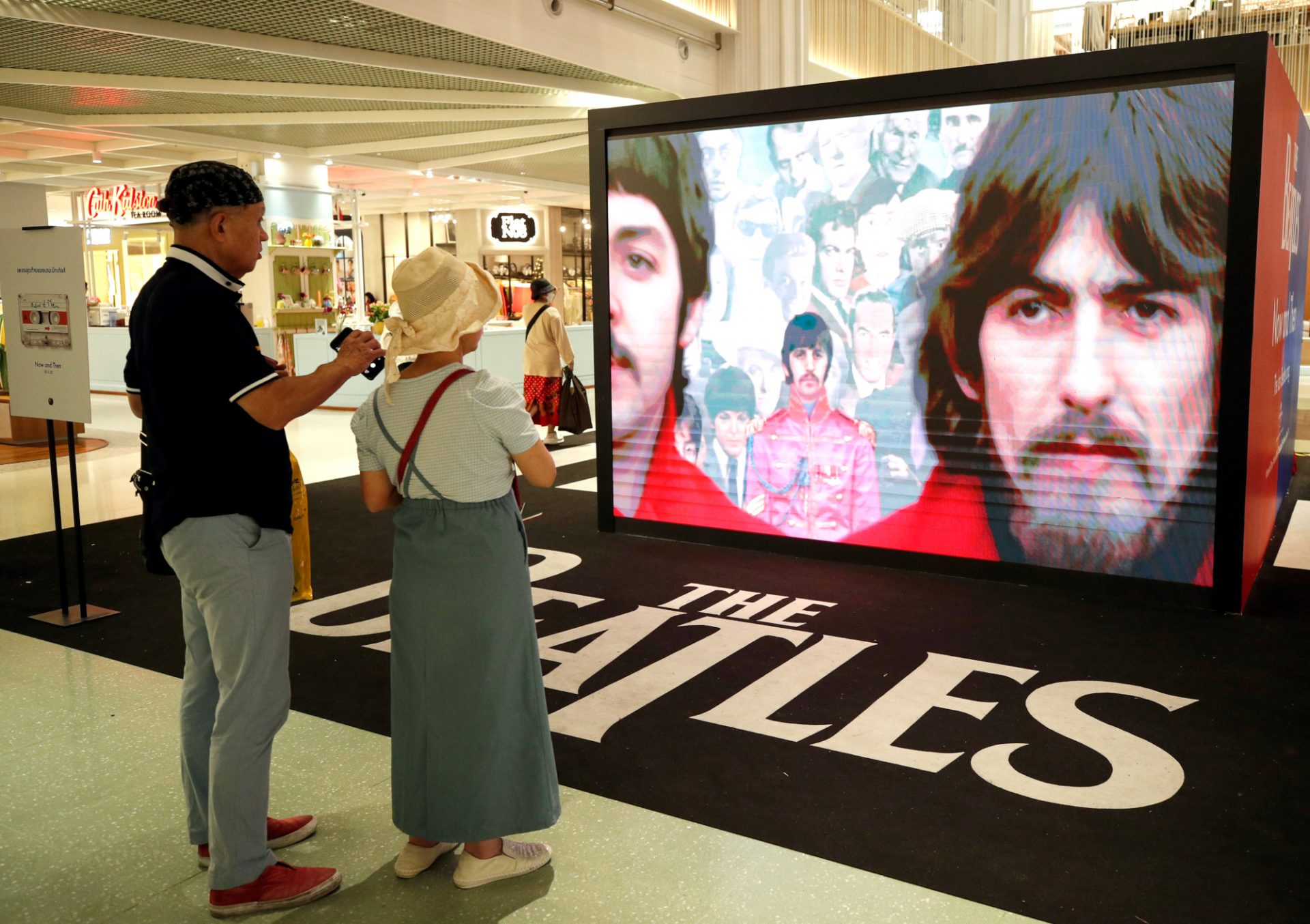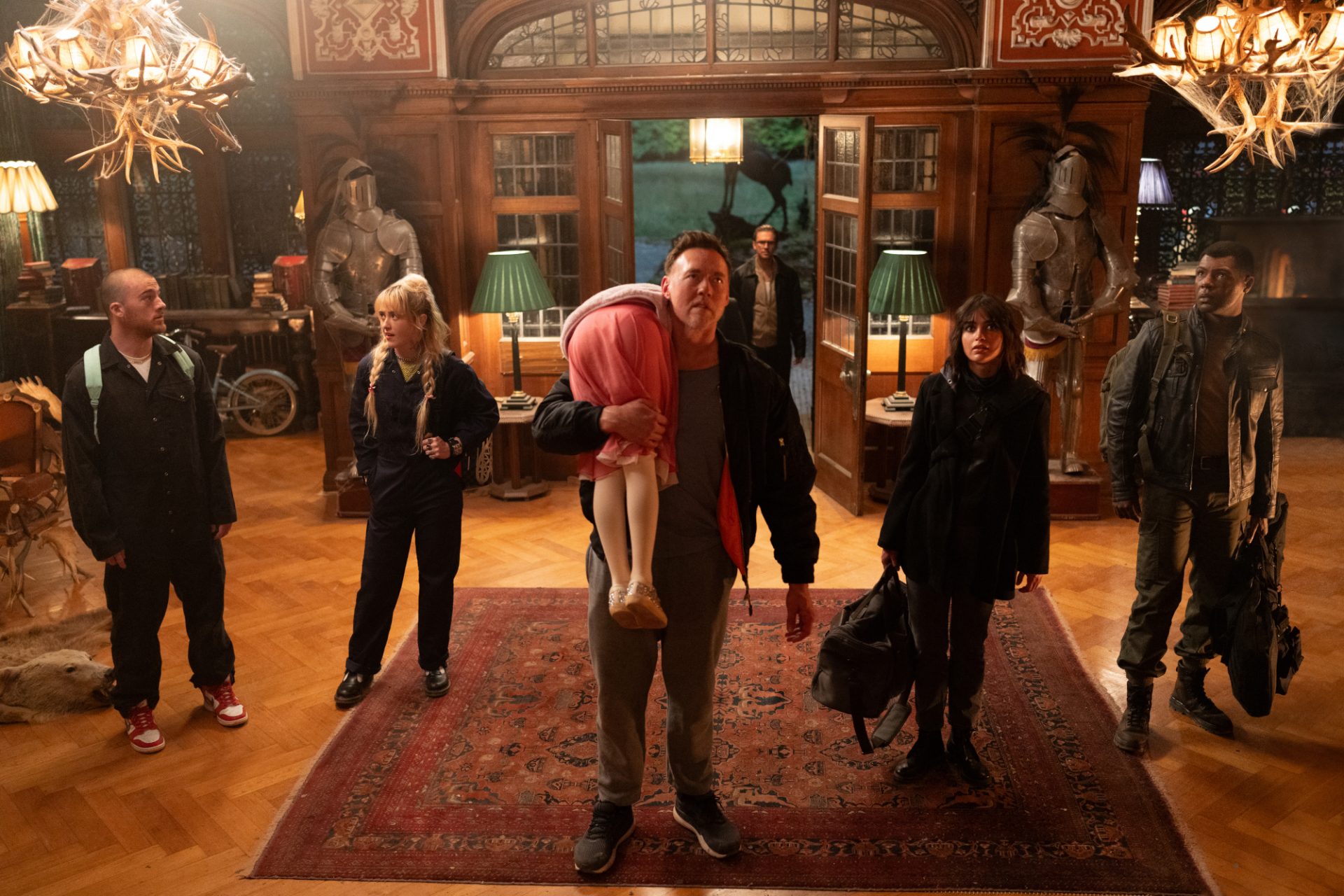By David Villafranca
Los Angeles, Apr 26 (EFE).– All US movie theaters are closed due to the coronavirus. All? No! A few are still resisting the lockdown orders: drive-ins, the only big screens still operating these days, steeped as they are in nostalgia during this modern health crisis and thanks to the fact that people can view the films from the social distancing haven of their own cars.
Drive-in movie theaters had once seemed to be an option for special occasions, a memory of another epoch that didn’t provide much competition at all for standard sit-down theaters with all sorts of comforts ranging from comfortable chairs and clean bathrooms to overflowing concession stands.
But due to the coronavirus, drive-in theaters once again are having their moment in the sun – so to speak – since they offer social distancing, minimum personal contact, viewers have their own cars as safe refuges and, above all, they make it possible to get out and enjoy a film on the silver screen during the pandemic.
Late one California afternoon, surprisingly free of pollution because virtually nobody is on the roads, vehicles began taking their positions at the Mission Tiki Drive-in in Montclair, about 50 kilometers (34 miles) east of Los Angeles.
It’s the only drive-in in Southern California that remains open amid the local, county and state lockdown requirements to try and limit the spread of the coronavirus.
With its decorative theme inspired by the cultures of Polynesia, Mission Tiki is doing a great business on its four screens, which are each showing two films per night at ticket prices of $9 per vehicle.
Buying the entry ticket is the only point at which viewers must come into personal contact with someone – although even that is limited because the person in the ticket booth wears gloves and a facemask.
But there are special rules governing how patrons may act at Mission Tiki. For instance: they must not park their vehicles less than three meters (yards) from other vehicles, they must watch the film from inside their vehicles and they must respect social distancing instructions at all times.
Last week, about 20 vehicles showed up to watch “Onward” and “Impractical Jokers.”
If you’ve never been to a drive-in, it will comfort you to know that they’ve thought of everything: The film’s soundtrack is broadcast on a radio frequency that viewers listen to, it doesn’t begin until after sundown and the parking places are on a slight incline so that vans, SUVs and other larger vehicles don’t block the view of smaller vehicles behind them.
Although there is a decisive lack of new films these days – given that Hollywood has postponed all new screenings over the coming months – Mission Tiki has the solution: showing a double feature of still hugely popular “Indiana Jones” films.
Mission Tiki is just one example, but there are other drive-ins open around the US: the West Wind in Arizona, the Chief in Oklahoma, the Ocala in Florida … and the Tiger in a rural part of north Georgia.
The Tiger’s owner, Tom Major, told EFE that his wife grew up in Tiger, Georgia, and his father opened the Tiger Drive-In in 1954.
Although Major’s dad closed the theater in 1984, in 2004 his wife told him that she wanted the drive-in back. He responded that Tiger only had 300 residents, thinking that was not enough to support such a business, but finally she got him to fix the drive-in up again and re-open it.
Unlike other drive-ins around the country, Tiger Drive-In had to close for several weeks due to the pandemic, but last Friday it was back in operation with a double feature of “Doolittle” and “Grease,” taking advantage of the controversial reopening of certain businesses being implemented by Georgia authorities.
Nevertheless, Major said that he’s taken exceptional measures at the drive-in.
Of the 220 vehicles that he used to have for evening films, now he has just 70, only one person from each can go to get food at the concession stand, a couple of extra portable toilets have been set up to avoid crowds near the restrooms and hand sanitizer is freely available for the public.
Major said that local residents are excited by the possibility of getting out of the house and going to the movies after several weeks of home confinement, and he emphasized that – with its little playground, a camping area and assorted grilled food – his theater has always been a “very social” experience.
He said that Tiger Drive-In has an all-grass surface, and thus it’s like going to a park, seeing a film and eating at a restaurant, all in one.
Although drive-ins are linked in the public mind with past decades – mainly the 1950s and 1960s, with scenes from the movie “Grease” or with couples seeking a little more intimacy than they can find in the back rows of film theaters – these theaters refuse to die out altogether, even in the 21st century.
According to the United Drive-In Theatre Owners Association (UDITOA), at the end of 2019 there were 305 drive-ins in the US with a total of 549 screens.
Major said that in the last two or three years the drive-in has begun making a comeback, basing his view on what he says is the charm of seeing a film “under the stars” and also on his own ticket and concession sales.
He said his business is probably growing at at least 20 percent per year, with much of that having to do with the fact that he runs a very family-oriented business. People are looking for something unique to do with the family, and – he said – they drive up to 200 km (125 miles) to enjoy the Tiger experience.






